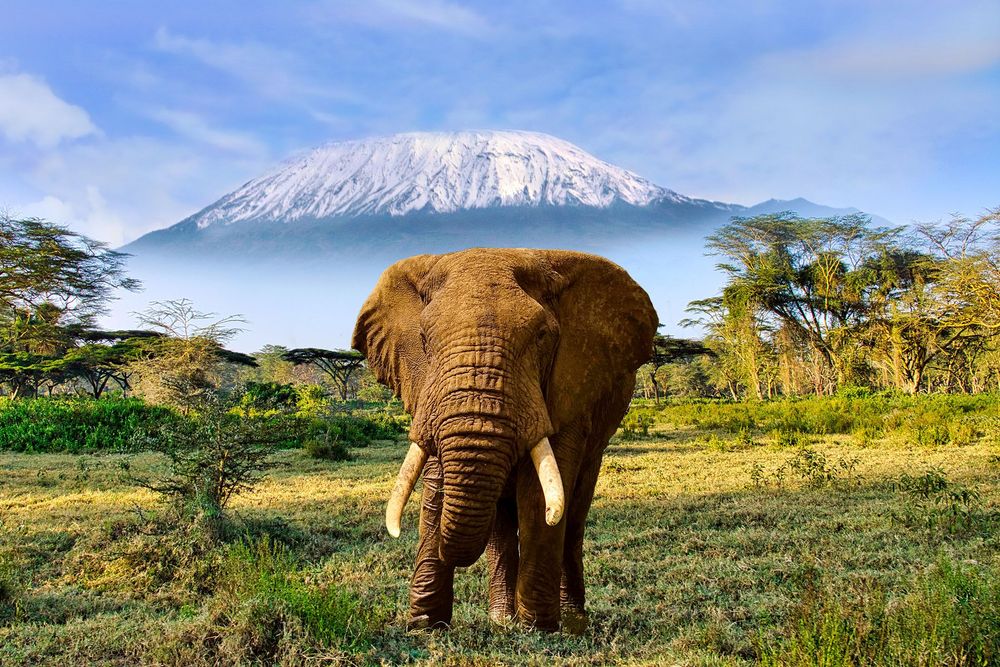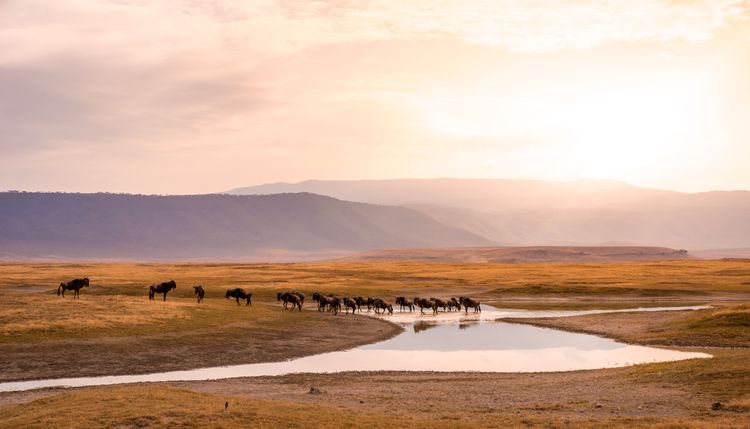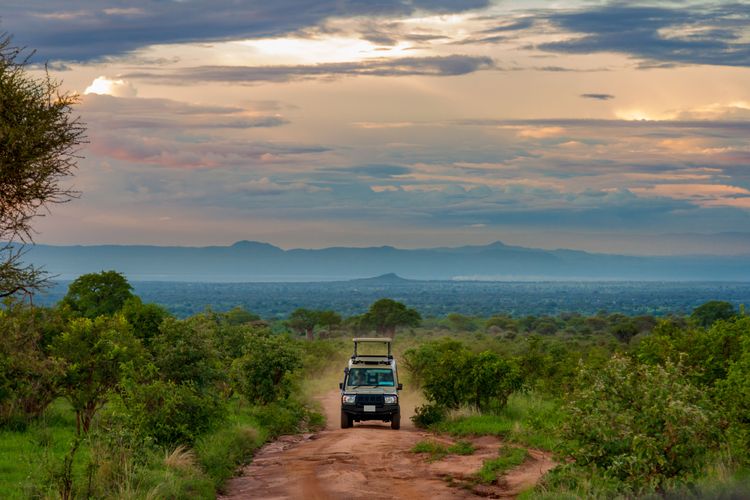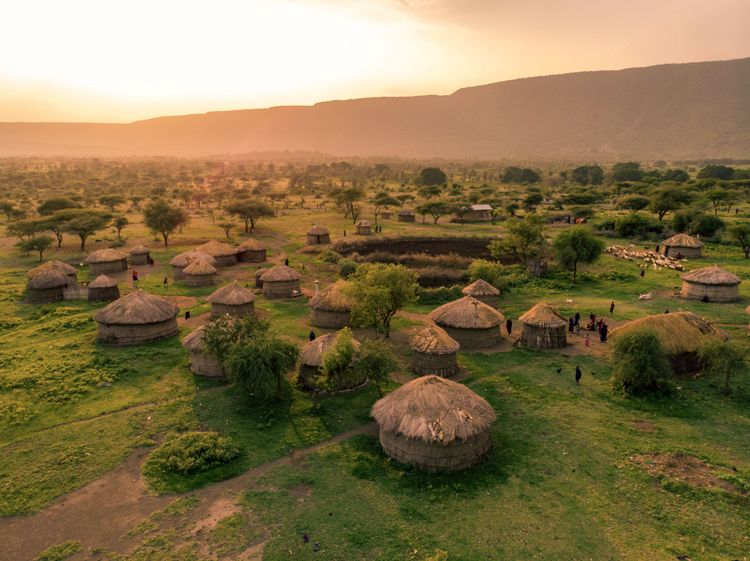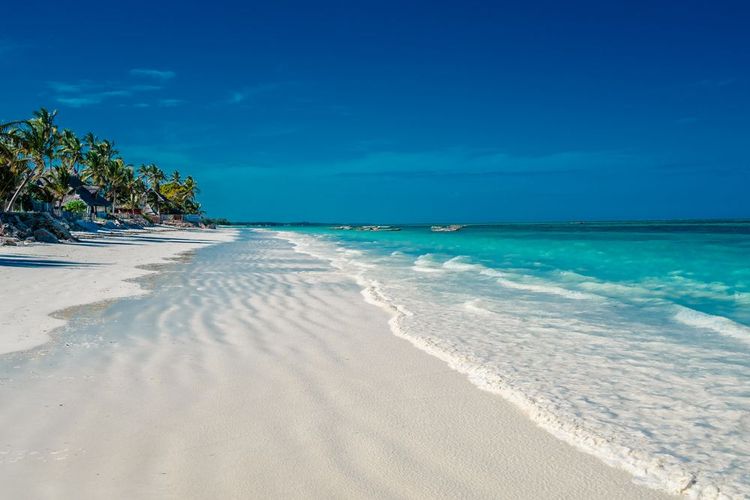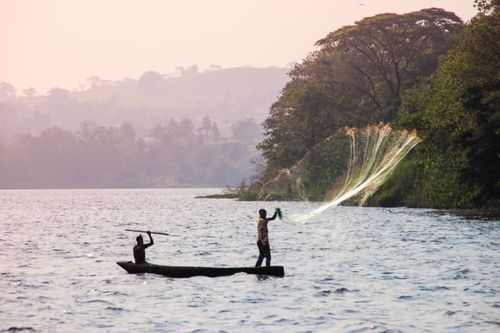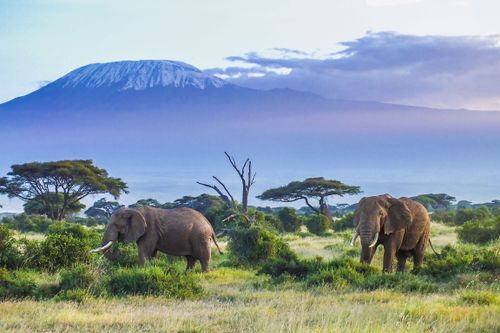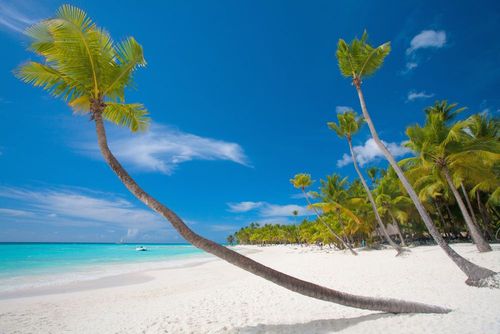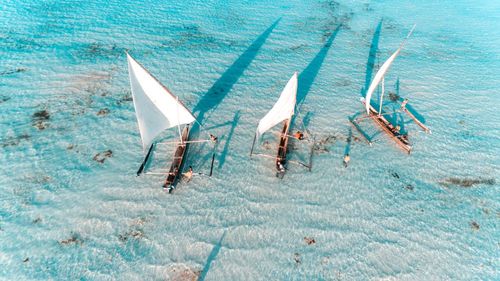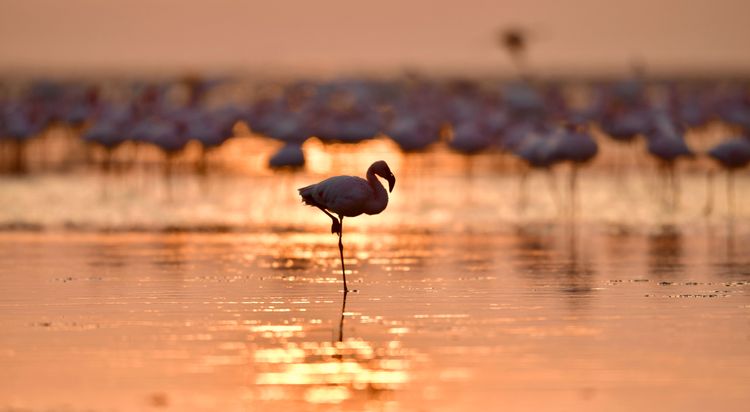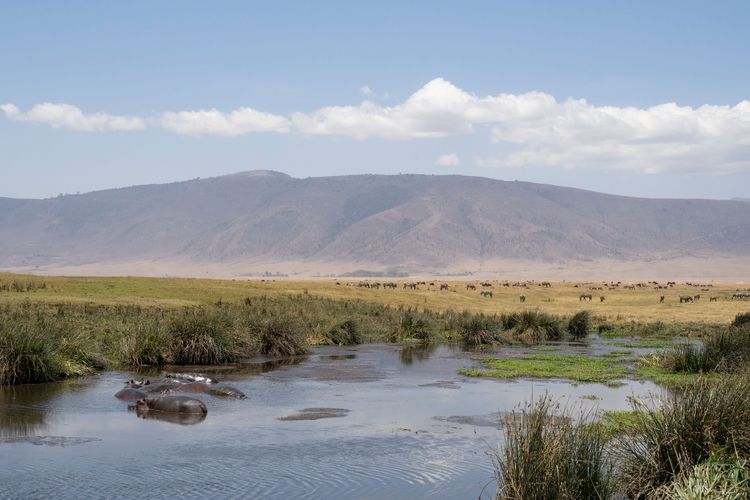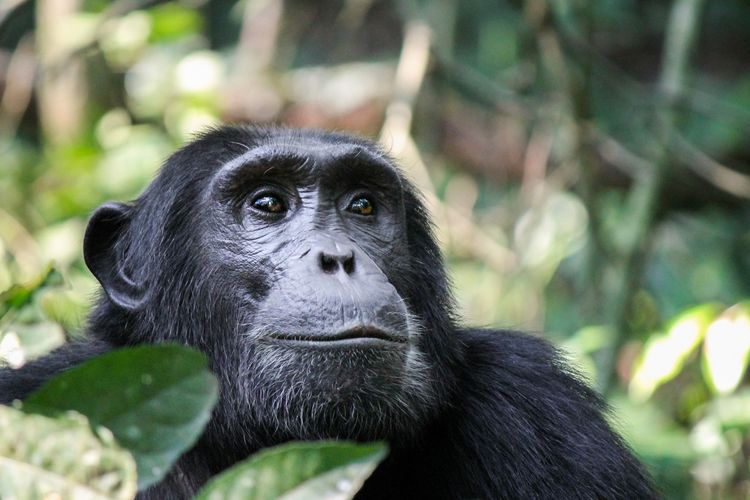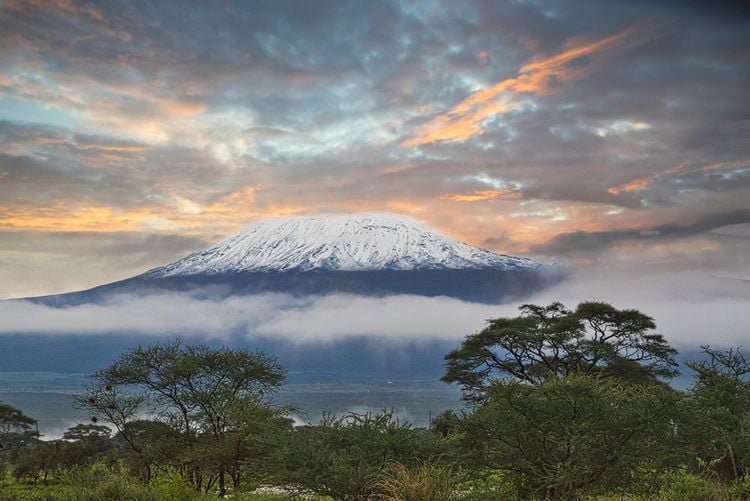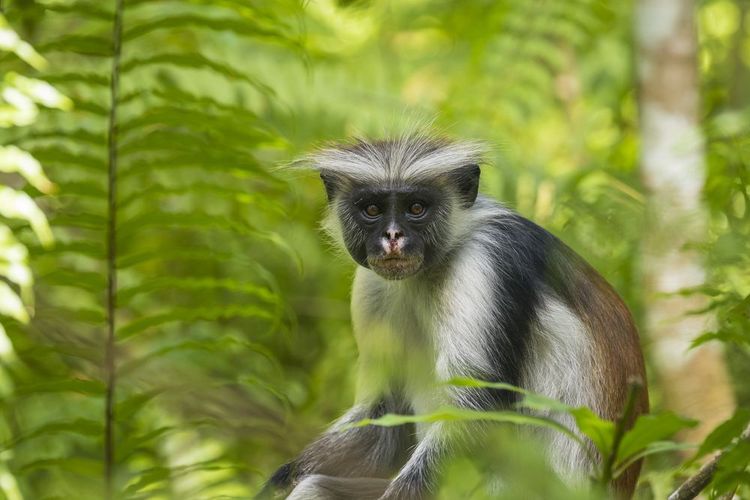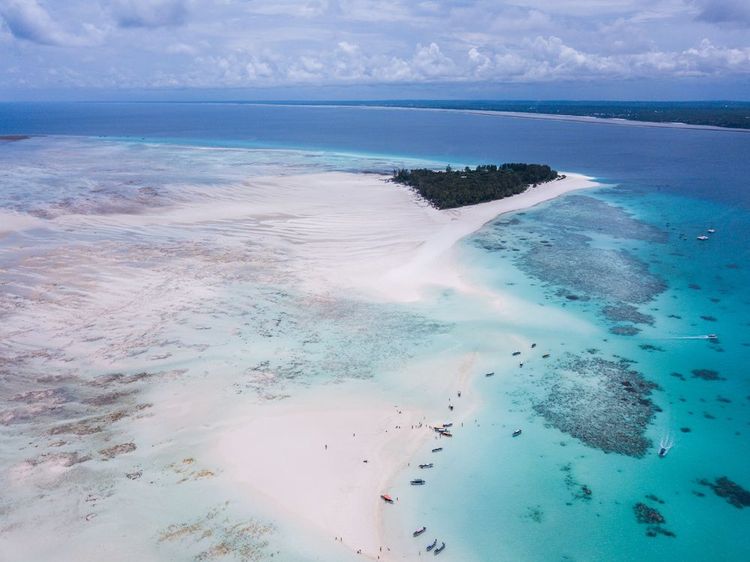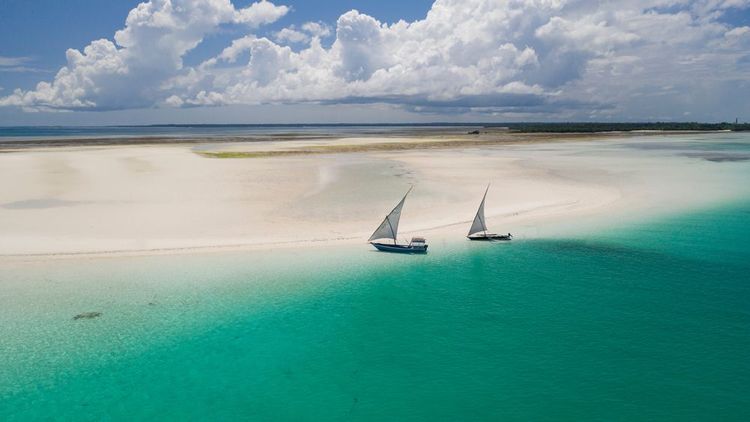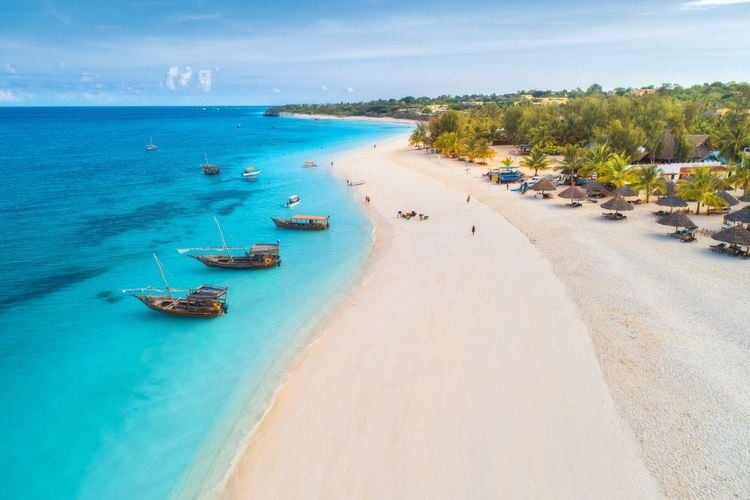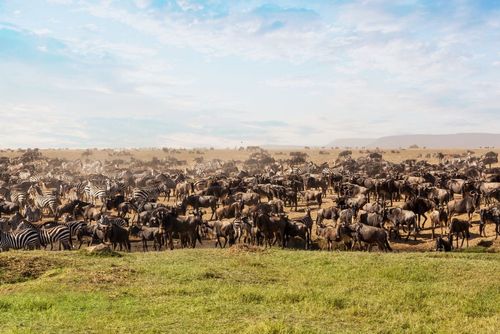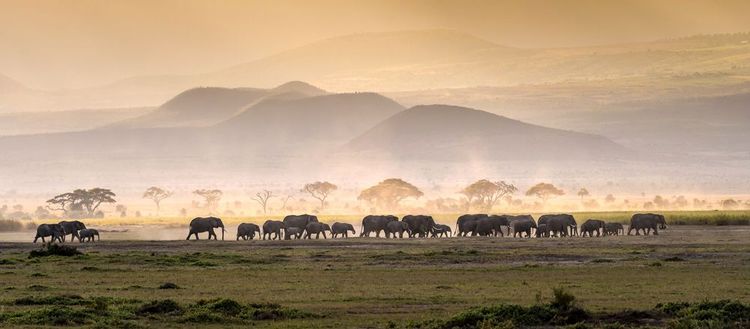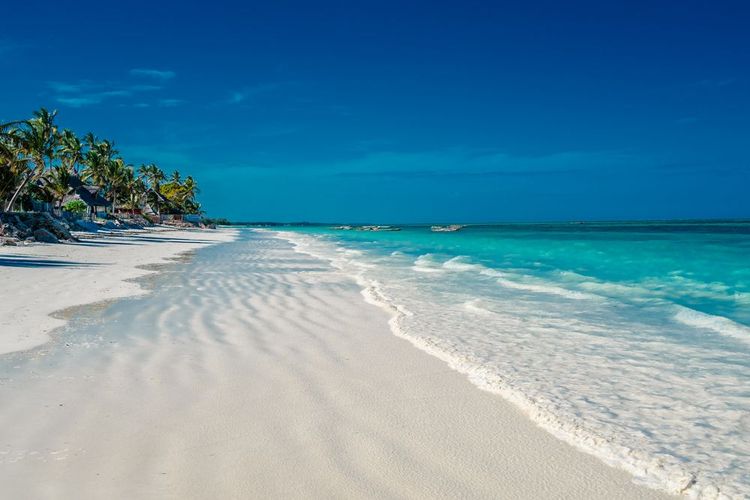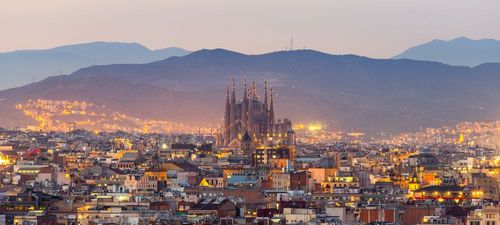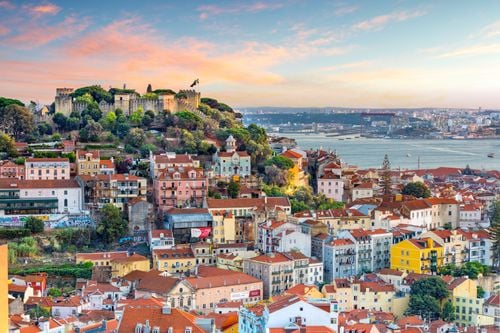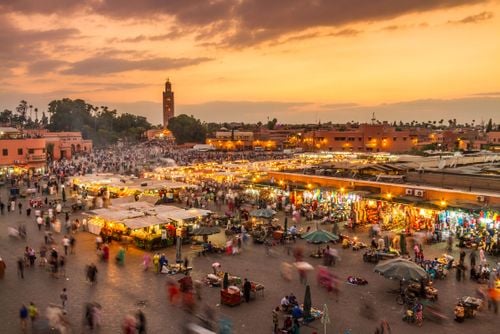When to go
National parks, conservation areas and reserves are not free and are highly regulated. It is more than advisable to hire the services of a ranger-driver to make the most of them, as we've said before, but in our experience it's worth the effort. The East African plateaux are known as the highlands of Africa for a reason. A safari generally takes place at an altitude of between 1,500 and 2,500 metres. And it's cool, even very cool, at dawn, the best time to explore the savannah. For a trip to Zanzibar, the best place to land is Dar-es-Salaam. For a safari in northern Tanzania, Arusha or Kilimanjaro airports are best.
To witness the great migration, June and July are the best months of the year in the Serengeti. Roughly speaking (these are natural phenomena and therefore impossible to date precisely), from December to March the animals are present in very large numbers in the park but are scattered. The Ngorongoro Conservation Reserve and eastern Sergengeti are the best places to see them. The huge herds gather and begin their march north in June. They cross the Serengeti until July before reaching the Masai Mara in Kenya in August. The large herds usually appear in the north of the Serengeti in October and head south of the park in November.
For full details, visit our Serengeti National Park page. The only periods to really avoid on a trip to Tanzania are April and May for safaris (very rainy, the tracks become impassable) and March, April and May in Zanzibar (again because of the rain). In the archipelago and generally on the Tanzanian coastal plain, June to October is the best period.
A few tips
As in many African countries, people in Tanzania greet each other with long, warm handshakes. When they meet, Tanzanians systematically ask about the health of the person they are meeting. And their families. Jambo! Tanzanians can sometimes seem rather reserved towards tourists. It's more a question of respect than distrust, so don't take offence.
As in the rest of East Africa, you should be a little careful with your wardrobe. Avoid dressing too lightly. This advice is even more important in Zanzibar, where the majority of the population is Muslim. Dress that is too skimpy for men, and even more so for women, is extremely frowned upon by the locals.
The semi-nomadic culture of the Maasai is fascinating. Although their songs, jumps and dances are now practised only by tourists and have fallen into the realms of folklore, their age-old tradition of living in harmony with their natural environment deserves to be studied in depth.
Formalities and visa
Passport valid for 6 months after your return date. Visa compulsory except for French nationals. You can apply online, directly on the Tanzanian immigration website. Prices vary according to the type of visa requested: transit visa ($30); standard visa ($50); multiple-entry visa ($100); business visa ($250).
Health
The yellow fever vaccine became compulsory again in 2008. Recommended vaccinations: hepatitis A and B, DTP, typhoid, meningitis. An anti-malarial treatment is generally recommended for stays in Zanzibar and on the ocean coast. As everywhere in the tropics, avoid eating the skins of fruit and vegetables, avoid ice cubes and drink bottled water.
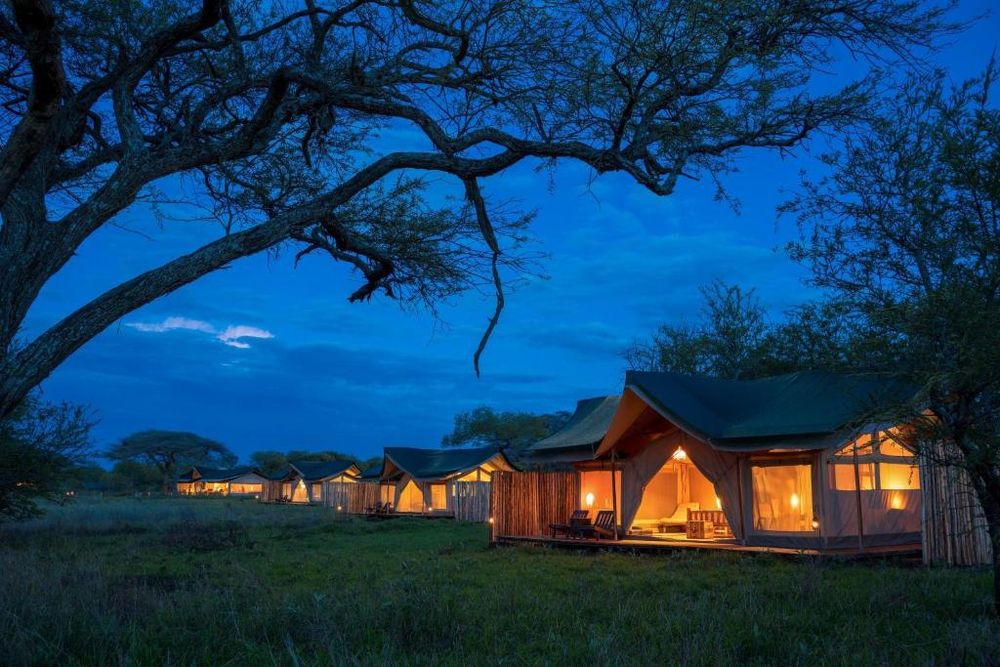 Serengeti
Serengeti
